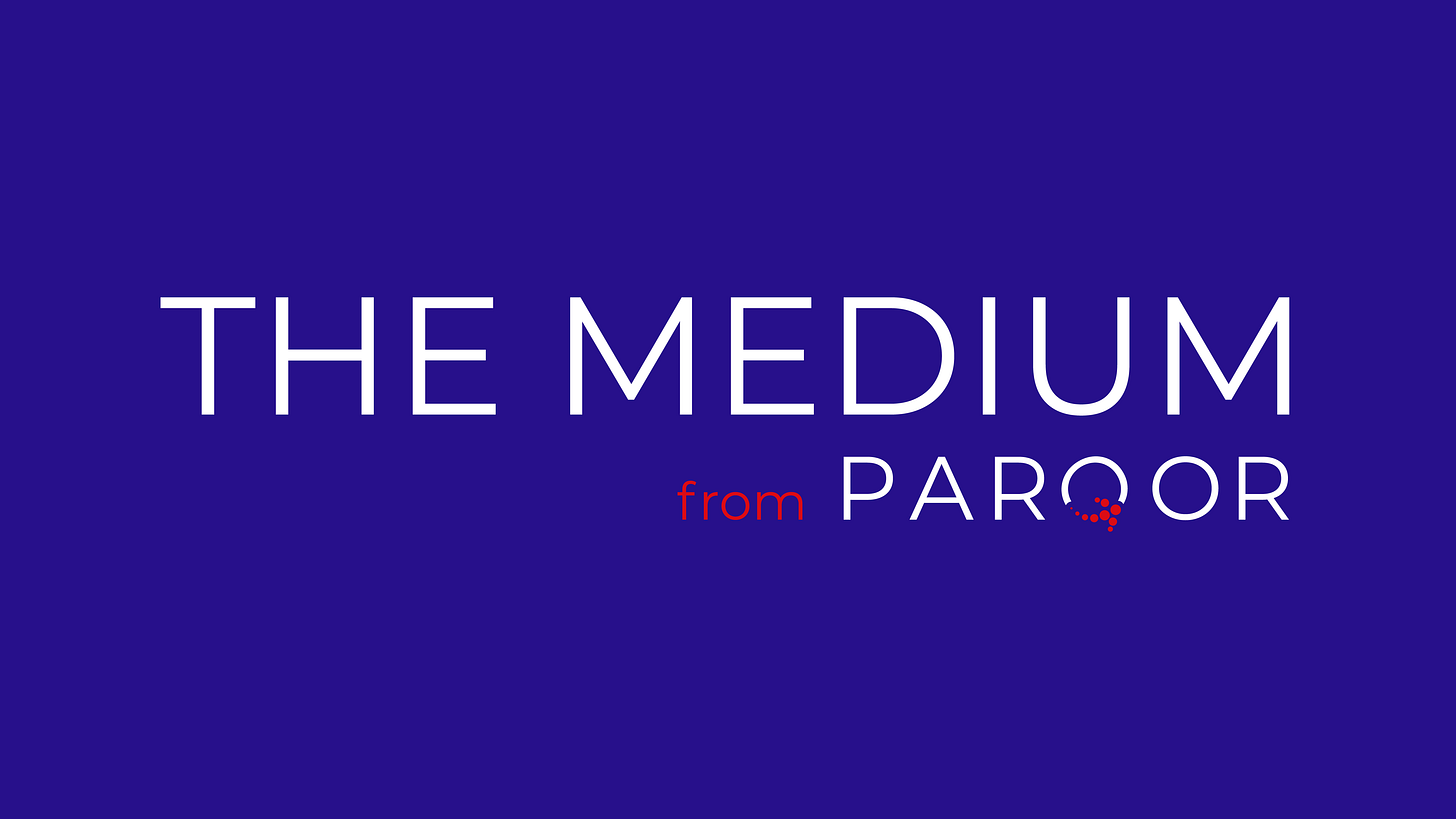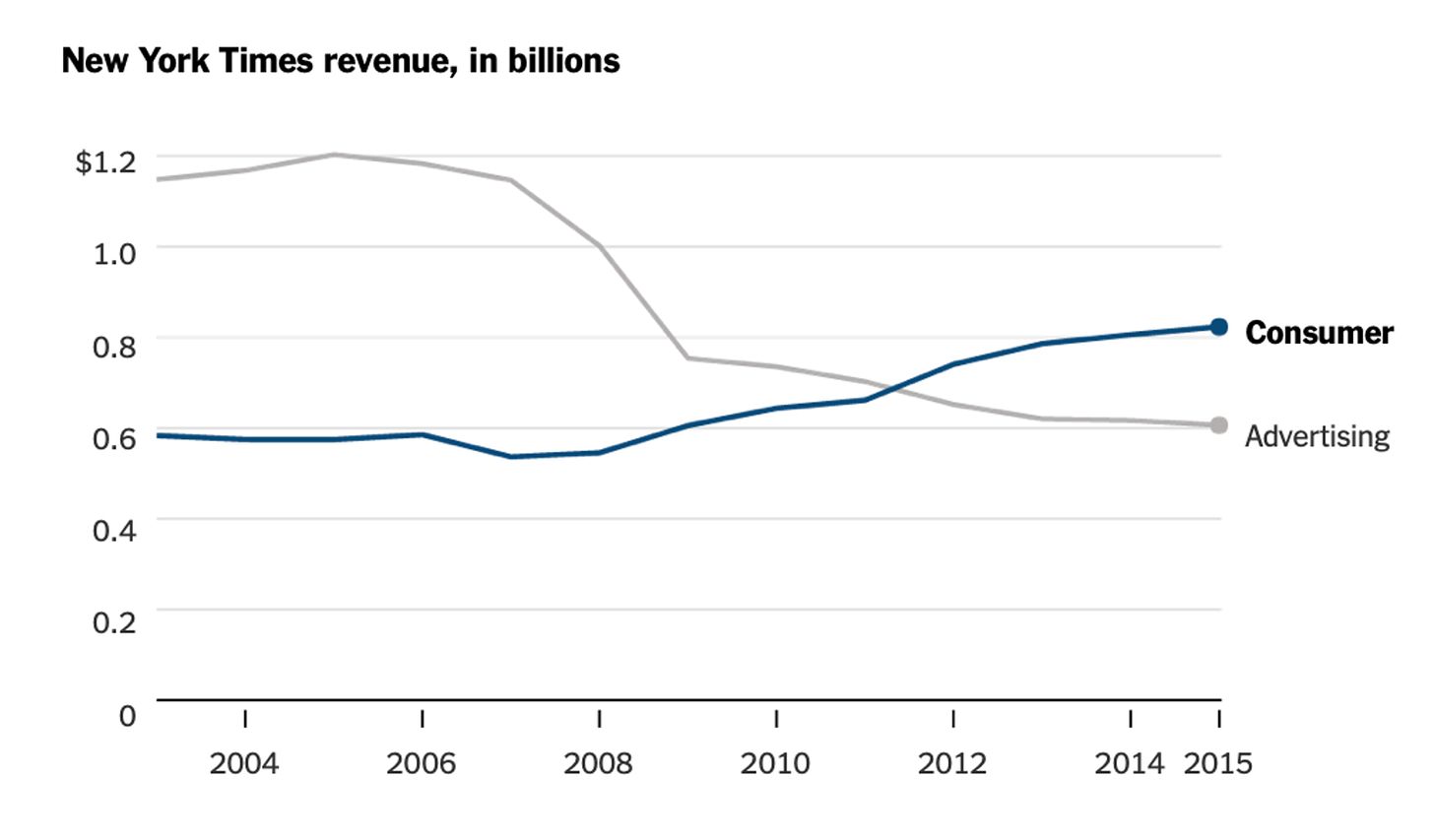The NYT Playbook That ESPN Should Shamelessly Steal
The three pillars that turned The New York Times around offer solutions for weak growth at ESPN's flagship, and why consumer agency does not necessarily threaten profitable distributor relationships.
[Correction: A reader pointed out that the annual fees for the NBA and WWE were incorrect in last Thursday’s essay. The paragaph has been updated:
Sports rights spending has surged 122% over the past decade to $30.5 billion, while total TV industry revenues grew just 24%. ESPN now carries major deals worth at least $7+ billion annually—NFL ($2.7B), NBA ($2.6B), college playoffs ($1.3B) and WWE ($325M)—on over $15 billion in revenue and 14% profit margins.]
Last Friday I hopped on a Zoom with Puck’s Dylan Byers to discuss last Thursday’s essay. Puck released an excerpt of the conversation on Friday evening—which you can read here —and is releasing the full podcast conversation on The Grill Room later today.
It was the rare opportunity to compare notes with a media reporter on the record. There is only one question from the conversation which I keep replaying in my head: “If you could wave a magic wand to shake [ESPN Chairman] Jimmy Pitaro out of that legacy mindset and point him toward the kind of consumer strategy the Times has built—what could ESPN actually do? “
I still stand by my answer, and I also have been asking myself what I would say differently if I actually did have the opportunity to meet Pitaro. My updated answer would be:
“You face existential urgency without the obvious trendlines in revenue and operating income. As those decline further, you will.
Does your streaming business model require you to be all things to all people? Why not shamelessly plagiarize The New York Times (NYT) and build off of the same “three pillars” of their strategy—outlined by CEO Meredith Kopit Levien in a 2022 earnings call:
‘to build on our leadership in news to be the best news destination in the world”
‘to be more valuable to more people by helping them make the most of their lives and passions”
‘to put those two things together in a more expansive and connected product experience or bundle that makes The Times even more indispensable to the daily lives of millions more people’
It would not require much to rephrase it:
To build ESPN’s leadership in sports to be the best sports destination in the age of direct-to-consumer and AI
To be more valuable to more people by helping them make the most of their lives and fandom
To put those two things together in a more expansive and connected product experience or bundle that makes ESPN even more indispensable to the daily lives of millions more people.”
#1: Existential Urgency
Existential urgency was a crucial element of how and why NYT pivoted towards doubling down on direct-to-consumer 17 years ago, as reflected in the chart below. Once the emergence of Craigslist, Google and Facebook disrupted NYT’s advertising revenues, there was existential urgency to replace those revenues. NYT management prioritized DTC subscriptions as a solution.



